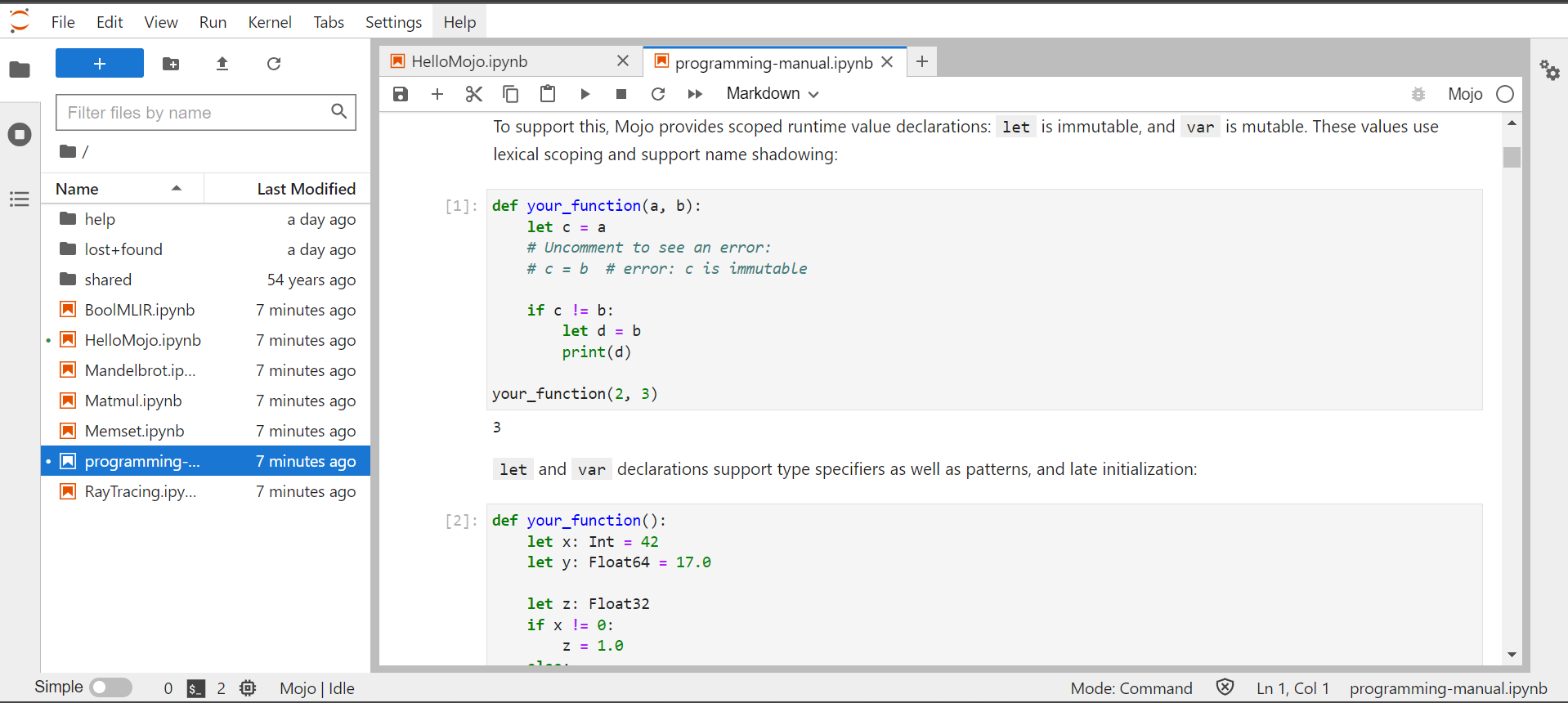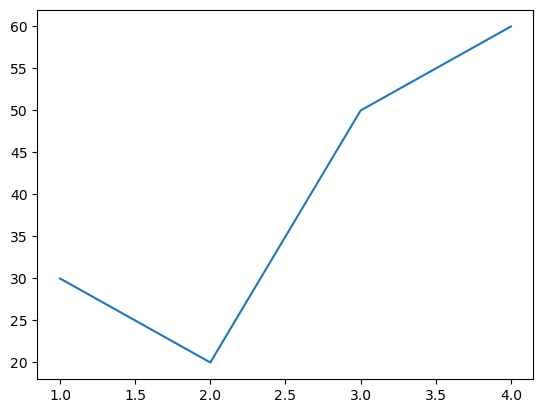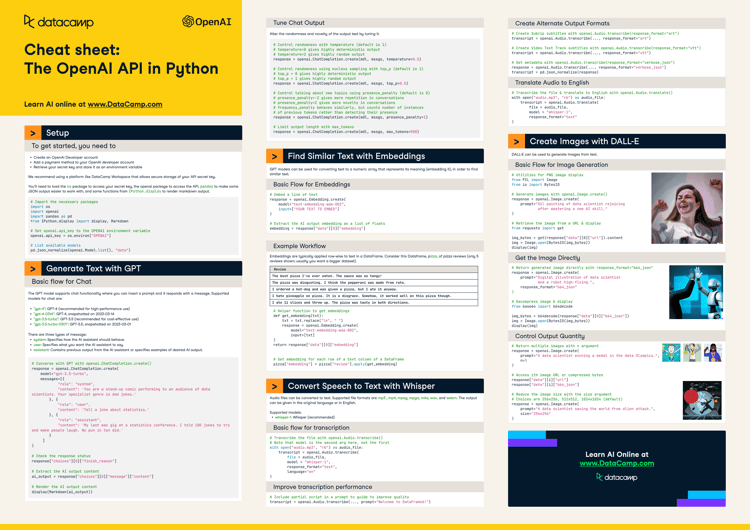Track
Mojo is a programming language that combines the ease of use and flexibility of dynamic languages, such as Python, with the performance and control of systems languages, like C++ and Rust.
It achieves high performance through innovative compiler technologies, such as integrated caching, multithreading, and cloud distribution, while autotuning and metaprogramming enable code optimization for various hardware.
The key features of Mojo include:
- Python-like syntax and dynamic typing make Mojo easy to learn for Python developers, as Python is the main programming language behind modern AI/ML developments.
- With Mojo, you can import and utilize any Python library, ensuring complete interoperability with Python.
- It supports both just-in-time (JIT) and ahead-of-time (AOT) compilation. The Mojo compiler applies advanced optimizations and even GPU/TPU code generation.
- Mojo gives full control over memory layout, concurrency, and other low-level details.
- By combining dynamic and systems language capabilities, Mojo follows a unified programming model that is beginner-friendly and scalable for various use cases based on accelerators.
Mojo is currently an incomplete language and not available to the public. The documentation targets developers with systems programming experience.
However, as the language grows, they intend for it to become more user-friendly and accessible to beginner programmers.
Getting Started With Mojo Lang
Mojo is not publicly available, but you can access Mojo Playground by signing up for Modular Products. While signing up, make sure you have selected Mojo in Modular Product Interest.

Image from Modular: Get started today
After signing up, you will receive an email granting you access to the Mojo Playground within an hour. The Mojo Playground is a JupyterHub environment where users can access the same Mojo standard library. However, users have a private volume to write and save their Mojo programs.

Image from Mojo Playground
When Mojo becomes open-source and publicly available, you can run a Mojo program from a terminal. It is both interpreted or compiled language.
You can save the file test.mojo or test.🔥.
Yes, you can save your file with the fire emoji. As you can see, we have created a simple Mojo file test.🔥 and ran it in the terminal.
def main():
print("Hello Mojo!")$ mojo test.🔥
Hello Mojo!
Mojo Lang and Python
Mojo is a superset of Python and has an almost similar syntax to Python. It also introduces new features such as let, var, struct, and fn to define variables, structures, and functions to make it more performant.
let and var declarations
When writing code for Mojo, you can declare specific variables using the keywords let and var. It is similar to how you would declare variables in Rust.
The let keyword signifies that a variable is unchangeable, while var indicates that it can be modified. This improves performance by enforcing restrictions at compile time.
struct types
Mojo uses the struct keyword that is similar to Python's class. Classes in Python are dynamic and slow, struct types are more similar to C/C++ and Rust. They have fixed memory layouts determined at compile time, optimizing them for machine-native performance.
fn definitions
Using def to define a function will create a Python function, with all the dynamism and flexibility associated with Python. The fn keyword, on the other hand, defines a Mojo function with more restrictions. It means that the arguments are immutable by default and require explicit typing and declarations of local variables, among other things.
Syntax comparison example
In the example, we will create a Mojo function that will add two arguments.
To run the Mojo function:
- You must specify a type to arguments of the function.
- You must declare the return type with an arrow.
fn add(x: Int, y: Int) -> Int:
return x + y
z = add(3, 5)
print(z)
>>> 8When programming in Python, we have the option to define functions without explicitly stating the argument and output type. It makes the process more dynamic and straightforward. However, in comparison, Mojo's fn function is faster than def.
def add(x, y):
return x + y
z = add(3, 5)
print(z)
>>> 8Matplotlib in Mojo
Mojo not only enhances performance but also enables developers to import any Python library and integrate it with Mojo functions. By utilizing the CPython interpreter, Mojo seamlessly supports all Python modules currently available.
In the following example, we have imported matplotlib.pyplot and visualized the line plot. For advanced examples, check out Mandelbrot in Mojo.
from PythonInterface import Python
let plt = Python.import_module("matplotlib.pyplot")
x = [1, 2, 3, 4]
y = [30, 20, 50, 60]
plt.plot(x, y)
plt.show()
It is widely recognized that Python is the most popular language for AI/ML. Taking the Machine Learning Scientist with Python career track will equip you with the necessary Python skills to secure a job as a machine learning scientist.
Programming With Mojo Lang
Mojo is a superset of Python, just like TypeScript is a superset of JavaScript. Apart from new keywords and functions, any Python programmer can understand and build programs using it.
In this part, we will look at Mojo programming features that make it performant and secure.
Low-level programming
Mojo is a high-level programming language that provides access to low-level primitives through MLIR (Multi-Level Intermediate Representation), an extensible intermediate representation format. This allows Mojo programmers to implement zero-cost abstractions while still leveraging powerful compiler optimizations.
Tiling optimization and autotune
Mojo has a built-in tiling optimization tool that improves cache locality and memory access patterns by dividing computations into smaller tiles that fit into fast cache memory.
The Autotune module in Mojo offers interfaces for adaptive compilation. It helps you find the best parameters for your target hardware by automatically tuning your code.
Ownership and borrowing
Mojo uses the ownership and borrowing system to manage memory, negating the need for a garbage collector and ensuring consistent runtime performance. Mojo's compiler analyzes variable lifetimes through static analysis and frees data as soon as it is no longer being used.
Manual memory management
Mojo also provides a manual management system using pointers similar to C++ and Rust.
Matrix Multiplication in Mojo
In the Matrix multiplication example, we observed that importing Python code into Mojo resulted in a performance increase of 17.5 times.
By introducing types to the Python implementation, the performance was enhanced even further, by a whopping 1866.8 times.
Additionally, they utilized techniques such as Vectorizing, Parallelizing, Tiling, and Autotuning to achieve a performance boost of 14050.5 times. This is awesome. Even Julia and Rust cannot provide this level of optimization.
Mojo Lang Code Example
In this car example, we will create a CAR class with Mojo syntax.
- We will create a
CARclass usingstruct. - Initiate mutate variable using
var. - Set variable types. The ‘speed’ is Float32 and ‘model’ is String. String is not a built-in type, so we have to import it.
- We will create two initialization functions similar to Python but with the
fnfunction. One with only car speed and another with car speed and car model. - After that, create an object using
CARwith 300 speed. - Print the model of the car.
from String import String
struct CAR:
var speed: Float32
var model: String
fn __init__(inout self, x: Float32):
"""Car with only speed"""
self.speed = x
self.model = 'Base'
fn __init__(inout self, r: Float32, i: String):
"""Car with Speed and model"""
self.speed = r
self.model = i
my_car=CAR(300)
print(my_car.model)BaseAs you may observe, the programming style and functionality of Mojo is similar to that of Python. It serves as an extension to Python, enhancing its performance and memory management capabilities. With Mojo, you can quickly train your model, achieve faster model inference (even with CPUs), analyze massive datasets within seconds, and simulate in real-time.
You can check out all the code examples on Modular Docs and run them on a Jupyter notebook in the playground.
Will Mojo Replace Python?
At the moment, it's difficult to determine the potential of Mojo as a general programming language due to its early development stage and lack of necessary features. However, it may have the ability to surpass Python in machine learning and AI applications where high performance is crucial.
Nevertheless, it's improbable that Mojo will entirely replace Python's leading role in data science and other software development areas anytime soon.
Mojo is specifically designed for machine learning applications and is not intended for other areas, such as web backends, process automation, or web design. While the developer may expand its capabilities in the future, Mojo's current focus is on optimizing for machine learning applications.
Additionally, it's worth noting that Mojo has a limited selection of modules and libraries compared to Python, which benefits from a large community of developers constantly creating new and improved tools for AI and data science. It may take years for Mojo to catch up to Python's level of development.
Learn how generative AI models are developed and how they will impact society moving forward by taking DataCamp’s Generative AI Concepts course.
Conclusion
In conclusion, while Mojo shows promise as a fast, Python-compatible language tailored for AI/ML, it is unlikely to completely replace Python in the near future. Python benefits from a massive ecosystem, community, and entrenchment in data science and ML. At best, Mojo may become a complementary language to Python, used where speed is critical.
In the tutorial, we reviewed the features and syntax of Mojo programming languages with code examples. We also made a comparison with Python, considering factors such as performance, syntax, functionality, and compatibility. For those interested in mastering the basics of AI and Machine Learning, we recommend enrolling in the Machine Learning Fundamentals with Python track.

As a certified data scientist, I am passionate about leveraging cutting-edge technology to create innovative machine learning applications. With a strong background in speech recognition, data analysis and reporting, MLOps, conversational AI, and NLP, I have honed my skills in developing intelligent systems that can make a real impact. In addition to my technical expertise, I am also a skilled communicator with a talent for distilling complex concepts into clear and concise language. As a result, I have become a sought-after blogger on data science, sharing my insights and experiences with a growing community of fellow data professionals. Currently, I am focusing on content creation and editing, working with large language models to develop powerful and engaging content that can help businesses and individuals alike make the most of their data.



